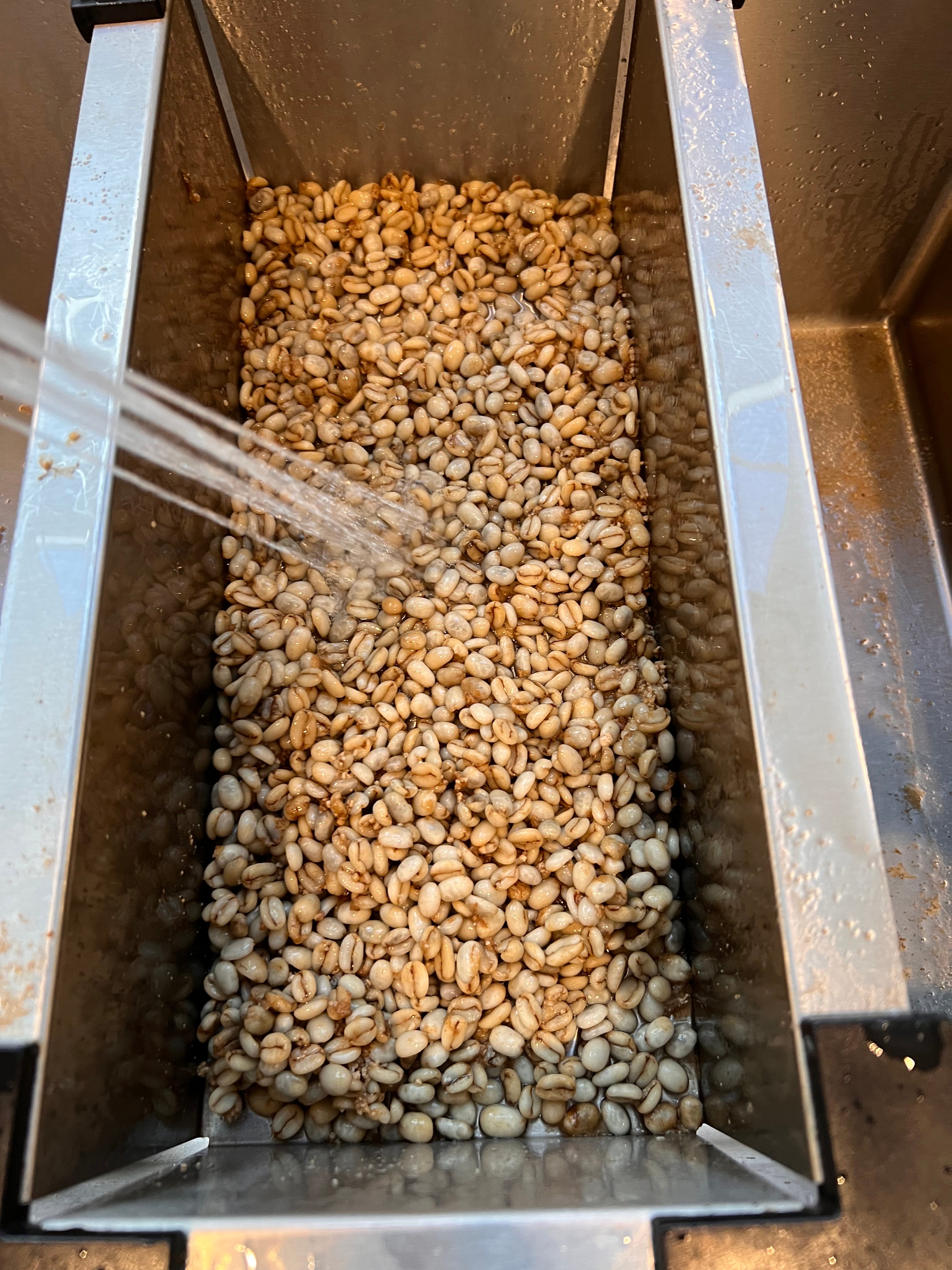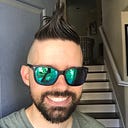Coffee Data Science
Miso Coffee Processing using Koji Rice
Probably like sourdough!
A few months ago, I started some experiments using sourdough to process green beans. This was inspired by the koji coffees this year where koji was used to process the coffee fruit. Originally, I wanted to try koji, and sourdough was just a shortcut to get some understanding. Finally, I have done some processing with koji, and the coffee is pretty amazing. The challenge is separating the tastes of the beans and the process itself.
Process Discussion
Koji coffee is made by covering the coffee cherries with koji and letting the koji grow for a few days before pulping them. I used koji rice and had the beans sit in them. In some discussions with Daniel Batalla who has helped me figure out this process, it would be more appropriate to use another name for the process I used because the beans themselves don’t have much material for the koji to consume. That is why it is called miso coffee because it has more in common with miso soup taking the benefits of the koji rice.
In thinking about how koji works on the fruit though, I suspect the process is still similar. If the fruit on the bean was removed and replaced with another substrate for the koji to grow, would the effect be the same? The coffee cherry has a lot of sugars though, so anything high in sugar would probably work. However, in this koji rice process, the koji doesn’t appear to grow much unlike koji on coffee cherries.
Miso Process
First, I had to bring the green beans up to a higher moisture level. The aim was 40% to 50%, and I assumed my beans already had 10%. For one roast, I added 120g of water by adding 30g of water in 30 minute intervals so as to not water shock the beans too much.
Second, I blended some koji rice very fine.




Then I mixed in a small amount of water. Daniel suggested a starting ratio of 2.5 to 1 of koji rice to water. I mixed the beans and koji mix in a bowl.


I packed this into a glass jar, and I covered with a plastic bag with a weight.

Then I waited four days. I mixed two or three times a day to keep the oxygen flowing. I stored this jar in a cabinet, and it stayed between 23C and 24C in temperature.
Then I rinsed the beans and dried them.


The beans looked like a dark roast even though they were at a first crack. My first roast was 1 minute past the first crack. It was delicious without much acidity or bitterness.

The coffee itself was a dark amber, much darker at a lower TDS than I’m used to seeing.

So for the next two roasts, I went darker, and the taste developed more without the bitterness typically associated with darker roasts.

I have made miso coffee a few times, and I love the flavor. I’m curious how much of the original bean flavor is lost during the process. I usually drink intense espresso shots, so the individual flavor notes aren’t as prominent. I’m wary that too much processing is just turning anything into the same something else rather than bringing out the best of that bean.
If you like, follow me on Twitter, YouTube, and Instagram where I post videos of espresso shots on different machines and espresso related stuff. You can also find me on LinkedIn. You can also follow me on Medium and Subscribe.
